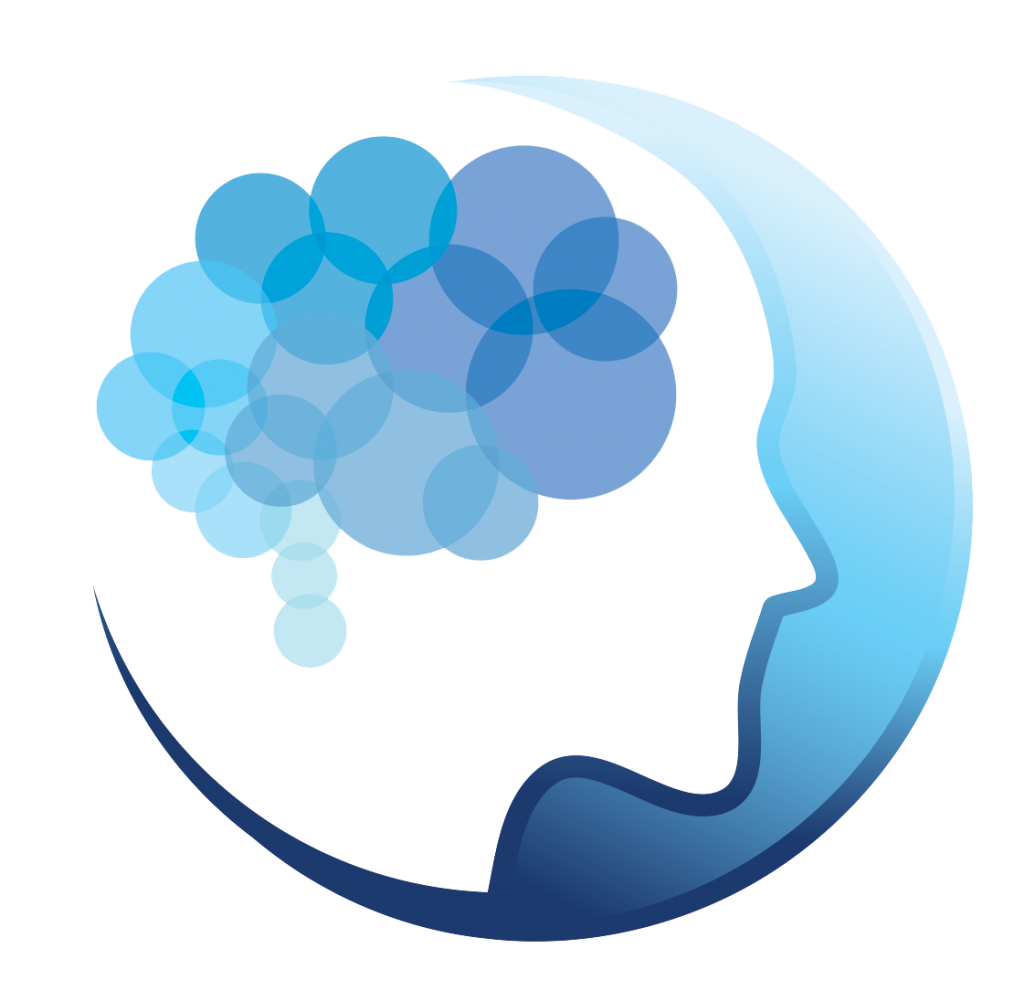Related Resources
For Feeling All the Feels
Why We Gotta Feel the Feels. Building the Language of Our Emotional World
In this video Dr. Kate introduces you the incredible opportunities of being in relationship with all of the possible emotions we are capable of feeling. We have a greater capacity to weather the storms of life AND to create our rainbows on the other side when we have a personal relationship with all of our feelings.
Feeling feelings is a core part of resiliency and personal empowerment. For those of us on a healing journey, in order to move from surviving to recovering and through to thriving, one needs to purposefully confront some hard, scary emotions along the way. It is O.K to experience and explore the hard emotions; it is not helpful to avoid or deny them. Doing so inhibits our innate power to rise above them. This is also true in keeping emotional balance in daily life.
It might surprise you that all of the 35 to 50 emotions we experience daily are stressful, whether they are “good” or “bad.” If you have ever laughed yourself to tears you know what I mean. Just as it is not healthy to be constantly sad, hurt, or anxious, being calm, happy, and content all the time is also not optimal. A healthily functioning brain is continually self-regulating and moving us into and out of different states.
A Self-Havening Guided Meditation for Greeting all Feelings as Friends
Join Dr. Kate in a guided meditation to move into deeper relationship with feelings in order to empower your emotional world and enhance your resilience.
In difficult moments we are socialized as humans to numb out from the feelings. Unfortunately, this numbing out weakens our ability to learn from our emotions and soothe the distress that is rising in the present moment. When we are unable to be in relationship with our feelings and our body we are unable to self-soothe and instead grow further away from our Self. This can cause a nasty cycle of avoidance or even pull us into using harmful external substances to avoid the screaming data of our emotional brain. Yes, screaming. Remember that our amygdala will get louder and louder if we continually ignore her. When she starts sending us data it’s because she thinks our safety is threatened. Let’s befriend our feelings and grow stronger together.
Mindfulness & Havening Guided Meditation for Emotional Awareness
In this meditation, Dr. Kate Truitt guides us through a mindfulness and havening guided meditation for emotional awareness. As always, Dr. Kate begins by asking us to welcome in havening touch in order to create a calming space. She invites our mind to float from the top of our head to our toes, noticing if there are any energies. What emotional states are present? Are they neutral? Positive? Negative?
She asks us to invite one emotional state to come to the front of our awareness. What color is this particular emotional state? What would it feel like to hold or touch this emotional state? Invite any tangential thoughts to drift away, and instead focus on the data point of this emotional state. Where does this state live within us? Does it have a movement or a motion within?
By staying connected to this experience and letting it know that we see it, we are deepening our relationship with this emotional state. Dr. Kate reminds us that this state is a part of us, it doesn’t have to feel all-consuming or overwhelming. We are not our feelings, but our thoughts can often make this feelings become more overstimulating than they actually are.
Deepening the Relationship With Our Emotions to Empower Healing
By Dr. Kate Truitt
Developing a sense of internal agency—that feeling of “I’ve got this” when challenges confront us—is one of the major core skills of maintaining a resilient brain. One of the most critical methods for developing that sense of personal agency is learning to be in deep relationship with your emotions.
I Just Want to be Happy!

We experience a wide range of emotions throughout every day, and they are constantly creating data points for us. Our brain is designed to micro-process these data points for the purpose of keeping us informed as to what is happening with us internally and in the world around us.
Our emotions feed us an abundance of information on what we do and don’t like, what is happening around us that we need more or less of, and how we might do better in a given situation. These are amazing, empowering gifts that our emotions bestow on us, but we often decline to accept them.
Why do we suppress this data that can be so valuable to us? Unfortunately, many of us are never taught how to have an empowering relationship with our feelings. Even worse, we’re instructed to tuck less than “preferable” feelings, such as experiences of frustration or annoyance, away and instead focus on being “happy.” And, because many times we humans spend too much time obsessed with wanting to be “happy” or at least not sad, we are disconnecting ourselves from other emotional states.
And! Guess what? If you are constantly striving to be “happy” as your goal then you may be looking forward to some uncertain future that you imagine will be bigger and brighter than where you are now. The problem with trying to be happy in this way is that we are most often looking for something outside of ourselves—a new love, a new job, or a new car—that will bring us that happiness, rather than searching for true happiness from within ourselves and within this moment.
The unfortunate side effect of this is that you may accidentally be reinforcing the belief that the present moment isn’t good enough. Yikes! Remember, our brain is hardwired to focus on difficult things. These thought process, although well intentioned, may set off a cycle of ruminating thoughts—the “what if…” experiences of doom. If you’ve ever found yourself battling with feelings of regret you may know what I’m referring to–If only I had… I should have…
In either case you are not living in the present, or avoiding it altogether, and that sends a strong signal to your brain and your body that you are not at all pleased with where you are now. If your goal is to be happy, telling your brain and body that you are not happy is counterintuitive, and so is not a good strategy for trying to get there. Also, when you are ruminating, you are reinforcing the feeling in your mind and body that things in the here and now are negative.

Feeling All the Feels
We don’t want any single emotion to become our primary focus. We need to empower and inspire our brain to “feel all the feels,” whether you might think of them as “good” or “bad.” In doing that we are able draw upon all of the data points in the world around us. Think of it: Doesn’t that sound better than being fixated on a future possibility or spinning your wheels in the muck of a past emotional experience.
It does. Research shows that the wider our emotional gradient of expression is—the more words we are able to use to describe the way we feel in a given moment—the happier, more successful, and more confident we will be.
That’s because we are using all of the data that is at our disposal, so we can begin to break down this framework for how we are supposed to feel and instead teach our system to be in relationship with all of the feels.
So often, our thinking brain runs away with us when we have feelings, so having the mindful, loving practice of being in relationship with the energy of our emotions can be a deeply empowering part of a healing journey. I invite you to take about 10 minutes and join me in the “Mindfulness & Havening Guided Meditation for Emotional Awareness” on our YouTube channel, where you can practice deepening that relationship with your emotional states, and also explore the other videos in the sidebar to this article.










